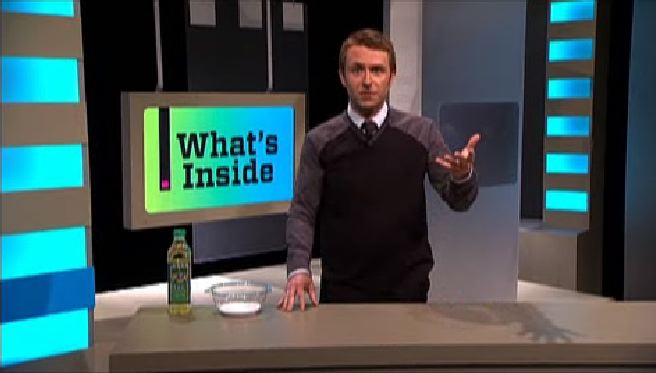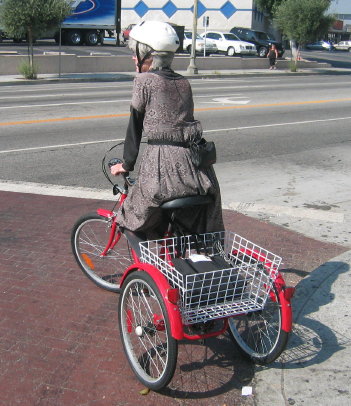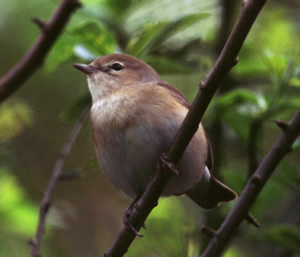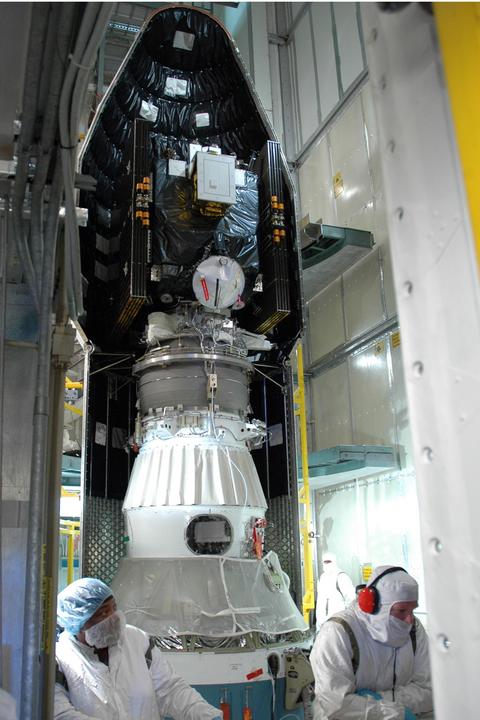Below I’ve reproduced the text of the approximately 20 minutes of that which I presented at the What Matters to Me and Why event on Wednesday. I mentioned my preparations for it in a previous post. The event was well attended, in an excellent setting (a hidden campus cafe I’d somehow not known about before, Ground Zero). There were students, faculty, staff, alumni, and several others. I chose to give a structured address to start so as to make sure that I did not go on for too long, as I might in a more off-the-cuff delivery. I very much wanted to leave plenty of time to interact with the audience through their observations and questions. I delivered it partly from memory and partly from reading, and wanted it to have a bit of a feel of being read a story, rather than a formal speech. I don’t know how successful that was, but it was fun for me. I think I might try that approach again some time.
Overall, I think the event worked well, and I had a great time. A number of people (kindly) said at the end that they had a good time, and I hope everyone else did too!
___________________________________________________________________________________
Hello Everyone.
First let me say that it is an honour to be here. I’d like to thank everyone concerned for inviting me to speak in this series. I imagine that everyone starts their piece by saying that they struggled to find a way of saying What Matters to them and Why in a short time. So I won’t dwell on that, except to say that it’s especially hard when, the day before preparing, you realize that it’s not going to be that hour long presentation you were expecting to squeeze your essence into, but 20 minutes!
Some time ago, when people started mentioning that they’d seen that I was a guest in this event, and that they were looking forward to hearing what I will say (!), I’d respond that I too was curious about what I was going to say, and would also try to show up and find out. This was actually true. The other thing that I (half-)joked was […] Click to continue reading this post →
 The next Categorically Not! is Sunday October 7th. The Categorically Not! series of events that are held at the Santa Monica Art Studios, (with occasional exceptions). It’s a series – started and run by science writer K. C. Cole – of fun and informative conversations deliberately ignoring the traditional boundaries between art, science, humanities, and other subjects. I strongly encourage you to come to them if you’re in the area.
The next Categorically Not! is Sunday October 7th. The Categorically Not! series of events that are held at the Santa Monica Art Studios, (with occasional exceptions). It’s a series – started and run by science writer K. C. Cole – of fun and informative conversations deliberately ignoring the traditional boundaries between art, science, humanities, and other subjects. I strongly encourage you to come to them if you’re in the area. 





 So, phase one: Containment. Well everything is going to be kept together with a cylinder of chicken wire, and so measurement of the desired radius [tex]r[/tex] followed by a quick computation ([tex]d=2\pi r[/tex]) to give me the length I needed to cut, and I was away. Shortly after I realised that my measurements were to be determined by the size of the mouth of the large trash bags I’d bought to add as the liner of the containment cylinder. So I ended up readjusting everything to fit that. I cut everything a bit big to allow for the overlap I […]
So, phase one: Containment. Well everything is going to be kept together with a cylinder of chicken wire, and so measurement of the desired radius [tex]r[/tex] followed by a quick computation ([tex]d=2\pi r[/tex]) to give me the length I needed to cut, and I was away. Shortly after I realised that my measurements were to be determined by the size of the mouth of the large trash bags I’d bought to add as the liner of the containment cylinder. So I ended up readjusting everything to fit that. I cut everything a bit big to allow for the overlap I […] 


















